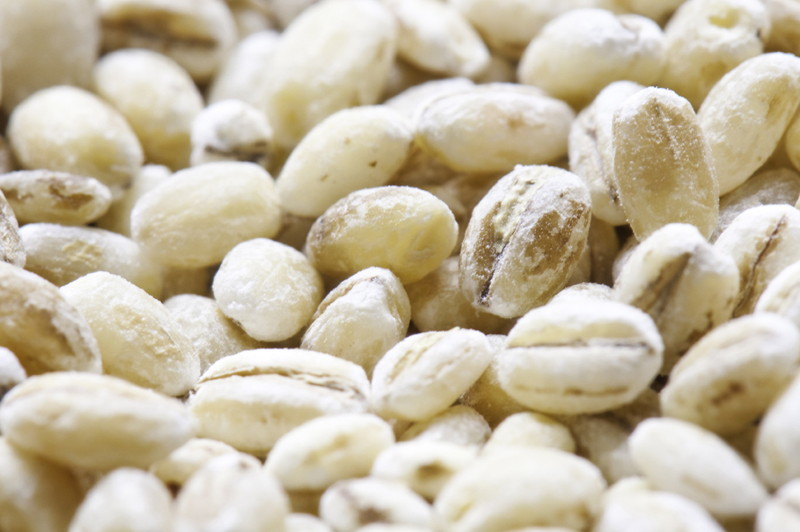Barley: Not just for beer anymore
Health Canada claims grain would benefit consumers, farmers alike
While it’s best known as the prime ingredient in your favourite “brewski,” top researchers, farmers and dieticians want you to know that barley can be so much more than that.
“Barley transcends the meals. It can be breakfast, lunch or dinner. It really has unique advantages,” said Dr. Nancy Ames, research scientist at Agriculture and Agri-Foods Canada’s Cereal Research Centre.
Ames took the lead in submitting a health claim to Health Canada stating that people consuming three grams of the soluble beta-glucan found in barley daily will experience lower cholesterol levels.
The claim, submitted over a year ago in conjunction with other researchers and backed by the Alberta Barley Commission, is the product of Ames’s 10-plus years of experience in the barley field.
Even after patenting a tortilla wrap made only of barley and water and currently studying the impact of the grain on a diabetic’s glycemic index at the University of Manitoba’s Richardson Centre for Functional Foods and Nutraceuticals, Ames understands the need for a health claim to make a product viable in the food production industry.
“How would the consumers know that they want it if they don’t know about the health benefits? Health claims have a great deal of benefit,” she said. “It also creates market awareness … if they can put a health claim on something, it’s an advantage in selling.”
Allowing farmers to diversify their crops and sell more barley to processors are among the interests the Canadian Wheat Board (CWB) has in supporting the claim, according to its manager of IP and food barley programs, Andrea Hilderman.
“It’s just one of those grains. When you learn a little more about it, you become passionate about getting it into the food system, giving consumers another grain and giving farmers another crop to grow on their farms,” she said.
Hilderman noted that the CWB, the largest wheat and barley marketer in the world, has seen an interest in barley from countries such as Japan and the U.K. since 2005. It was in that year that the U.S. Food and Drug Administration began examining a claim that food containing barley reduces the risk of coronary disease. The claim was finalized in May 2006.
While Health Canada is still reviewing the low-cholesterol claim, a process that typically takes from a few months to a few years, dietitians and nutritional consultants are already building barley into plans for their clients.
Along with the benefits of decreasing saturated fats, barley is overflowing with other health benefits, according to Leanne Hearn, founder of the Winnipeg-based nutrition counselling service, Right Fit Nutrition.
“Barley has quite a bit of selenium and that’s good for the body’s immune function and repairing DNA,” she said.
With a bachelor of science with a major in nutrition from the University of Manitoba, Hearn would recommend replacing an old breakfast standard with the grain that has increasing commercial popularity.
“It’s loaded with fibre and it has just over triple the amount of fibre oatmeal has,” she said. “The only downside of barley is that it takes longer to cook, but the benefits clearly exceed that.”
Published in Volume 64, Number 23 of The Uniter (March 18, 2010)







